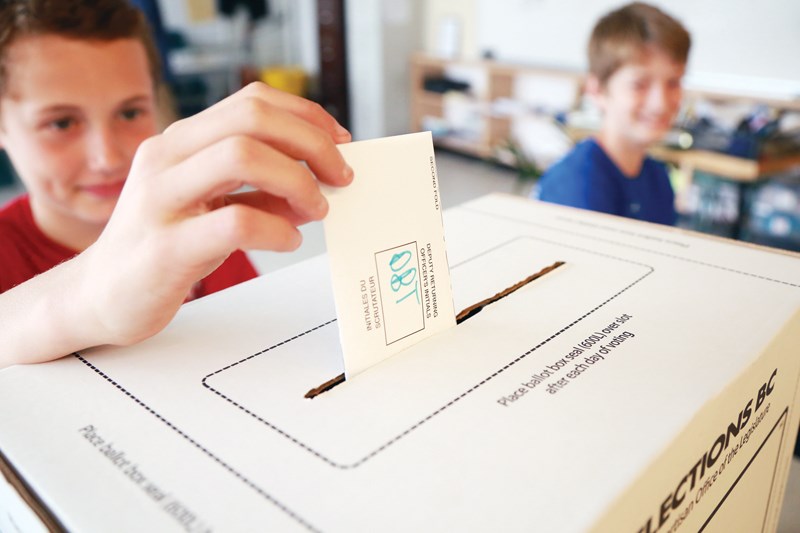The B.C. legislature will have a noticeably different look when it resumes sitting later this week, as a sea of new faces – 27 of them! -- will take their places as rookie MLAs.
But the two main parties will have different looks as well, and this difference – and it’s a critical one -- bodes well for the New Democrats and not so much for the B.C. Liberals.
The 2017 election results mean the NDP will field a much younger and more ethnically diverse team than their counterparts on the Opposition side.
The New Democrats now have eight MLAs who are aged 40 or younger. The B.C. Liberals have none.
The NDP have 11 MLAs who are of either South Asian or First Nations descent. The B.C. Liberals have just five.
Why is this important?
Not only is it healthier to have a caucus that better reflects the makeup of the general voting population, it’s also a lot more effectively politically, especially at election time when that voting public is being wooed for support.
The faces of both the new government and the new Opposition are only now beginning to be put in front of the public. Over time, the NDP’s noticeable advantage in appearing younger and more ethnically diverse will likely have a demonstrably positive impact on voters.
And the demographics of the voting population are changing, with increasing speed. The baby boomer generation – those born between 1946 and 1964, who for years have pretty much determined almost all aspects of governments’ public policies – is starting to decline in numbers.
The millennial generation (those between 18 and 35) are now the single biggest section of potential voters and it will continue to grow. According to the U.S. based Pew Research Centre, Generation X (those born between 1965 and 1980) are expected to surpass the boomer generation in sheer numbers by 2028.
The boomer generation has, historically in this country at least, tended to vote for conservative or liberal-leaning parties, both provincially and federally. Nanos Research says at the federal level, the NDP has never enjoyed more than 20 per cent support from these votes.
But according to Nanos, the millennials, when they bother to vote, have strongly supported both liberal and left wing parties, and shunned more conservative ones.
Of course, millennials have tended in the past not to vote in any great numbers. That changed in the last federal election, when a surge of young voters helped propel Justin Trudeau and the federal Liberal party to power.
In the recent national election in the United Kingdom, a big jump in the youth vote almost put the Labour Party into government (the party made free tuition a centrepiece of its election platform, which was an obvious attraction for younger voters).
There is now a realistic possibility the turnout of the youth vote may start to climb in B.C., given the NDP government’s shift in policies to better suit younger voters (a reflection as well of its younger caucus).
The NDP has already moved to give free tuition to young people moving out of government care. It is increasing funding for the K-12 education system in order to hire more than 3,500 teachers, a move that will surely please young families.
As well, it has promised some financial relief for graduating post-secondary students, as well as a renter’s rebate program. Again, all good news for younger potential voters (and there will likely be more goodies to come on this front).
The need for greater ethnic diversity is also seen in demographic changes. Metro Vancouver’s South Asian population continues to grow rapidly, and will play a key role in determining which party wins elections (and winning Metro’s suburban ridings, as we saw in May, is now the key to holding power in the province).
Among the eastern suburban ridings, the NDP have seven MLAs of south Asian descent. The B.C. Liberals don’t have any.
On both of these fronts, the NDP is moving in the right direction. The B.C. Liberals are not, but if that party wants to compete in the coming years, it better get a lot younger – and a lot more ethnically diverse.
Keith Baldrey is chief political reporter for Global BC. [email protected]
What are your thoughts? Send us a letter via email by clicking here or post a comment below.



